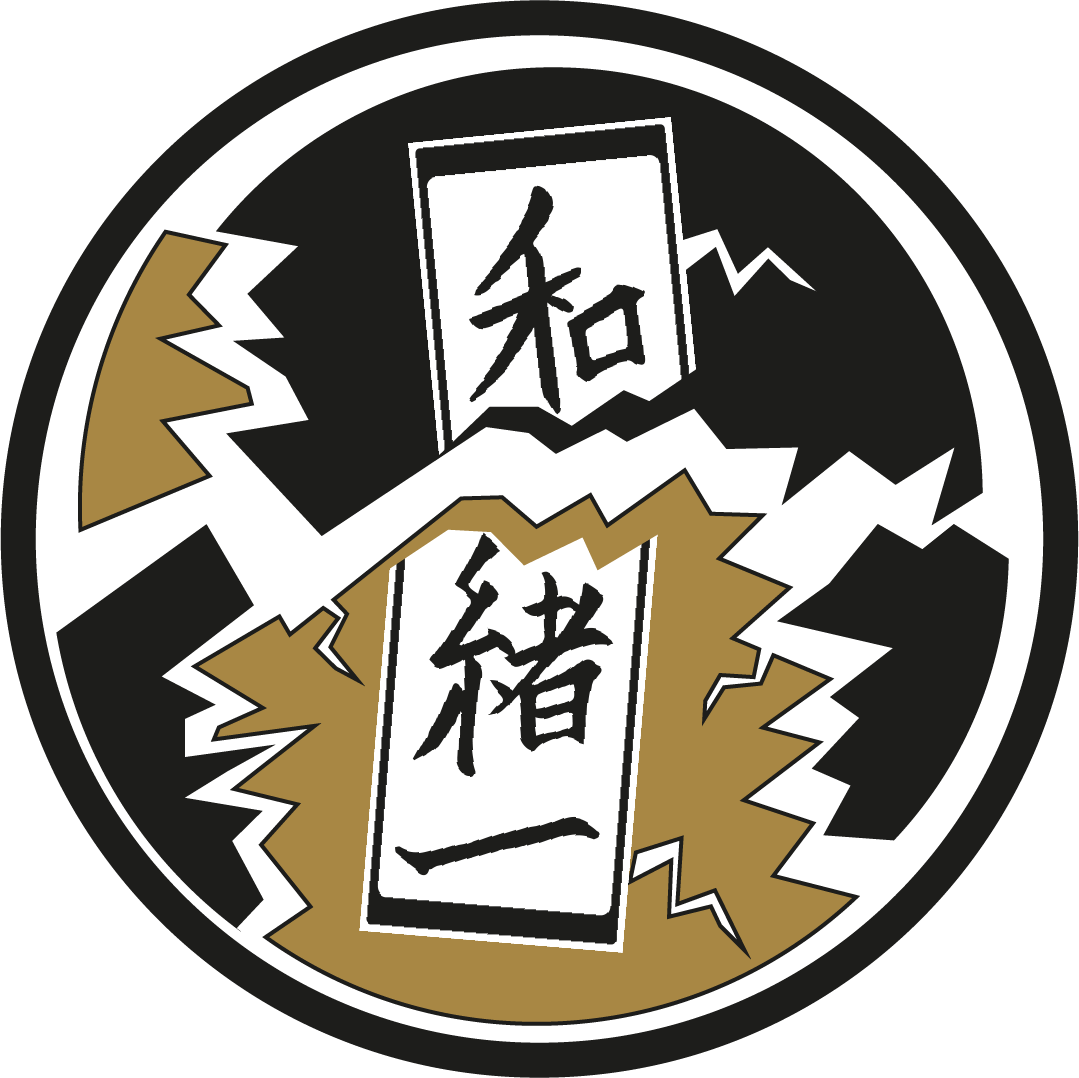The Origins of Torii Gates
Shinto shrines are easy to recognize when traveling around Japan. If you see a red gate, it means that you are in front of a sacred place. These gates are called torii 鳥居 in Japanese and represent the transition from daily life to the sacred. A torii has two upright supports and two crossbars on the top and is frequently painted vermilion. They can be made of wood (Japanese Cypress) or stone.
The famous torii at Itsukushima Shrine ©Wikipedia
The variety in size and locations of Shinto shrines in Japan is amazing: One can not only find shrines of all dimensions, from small to enormous ones, but also in exposed as well as inconspicuous places, such as in a neighborhood garden or next to a bustling street.
Personally, I have always wondered where these gates originated from since they also occur outside of Japan. I also saw torii-like constructions when visiting South Korea or Thailand. They may also occur in other places, right?
An Indian torana ©Swapnil.Karambelkar
Well, there is no historic proof of this theory, but it is said that these gates might have their roots in India!
In India, there is an ornamental gate called ‘torana’, which was used for ceremonial purposes in the Hindu and Buddhist architecture. With the spread of Hindu and Buddhist traditions, the torana were brought to other countries, such as China, Korea, Thailand, and Japan. The name used for this ornamental gate was not the same in these countries, indeed in China, the gate is known as ‘pailou’, in Korea as ‘hongsalmun’, and as ‘sao ching cha’ in Thailand.
A Chinese pailou ©Wikipedia
A Korean Hongsalmun ©Ifflies
In Japan this gate is called torii. If you look at the kanji of torii in Japanese, the meaning of the first kanji is ‘bird’ and the second refers to ‘existence’. Now the first question is why the name of a gate has nothing to do with ‘gate’ or ‘entrance’. The second question is why the word torii contains ‘bird’ when it does not even have the shape of a bird… Well, there is a story behind the use of these two kanji 鳥居.
As mentioned before, there is a variety of views regarding the origin of the torii. In the following, we will have a look at one version including the sun goddess Amaterasu. In Japanese mythology, Amaterasu is the daughter of the two creator deities Izanami and Izanagi. She is radiant, kind and brings joy to life; characteristics which stand in contrast to her brothers the moon deity Tsukuyomi and the storm god Susanoo.
The episode, which presents a possible explanation for the word torii, occurs shortly after Susanoo was banished from heaven by Izanagi. Before leaving Susanoo went to bid Amaterasu farewell. As Amaterasu did not trust her brother, she proposed a contest to prove his sincerity. But Amaterasu tricked him and won the challenge. Out of frustration Susanoo destroyed Amaterasu’s loom and her rice fields and killed her favorite attendant. Amaterasu was incredibly upset and hid herself away in the ama-no-iwato (天岩戸 ‘heavenly rock cave’). Due to Amaterasu’s status as the sun goddess, hiding in a cave resulted in an eclipse, and the people worried that they would never see sunlight again.
An old wise man advised to build a large wooden bird perch, placing all the roosters of the towns there. As they crowed, the big noise reached Amaterasu who was still inside the cave. Driven by curiosity, she took a peek out of the cave, and as soon as she opened the cave, strong gods quickly pushed the boulder aside, which was blocking the sun goddess and thus saved the world. The torii became a symbol of the entrance to the sacred, a gate that brings one from darkness into light.
According to this story a bird perch was the first torii gate, which explains the two kanji ‘bird’ and ‘existence’. As the world has been blessed with light again due to the very first torii, they have become a symbol of prosperity and good fortune in Japan.
Written by Manuel José Flores Aguilar




